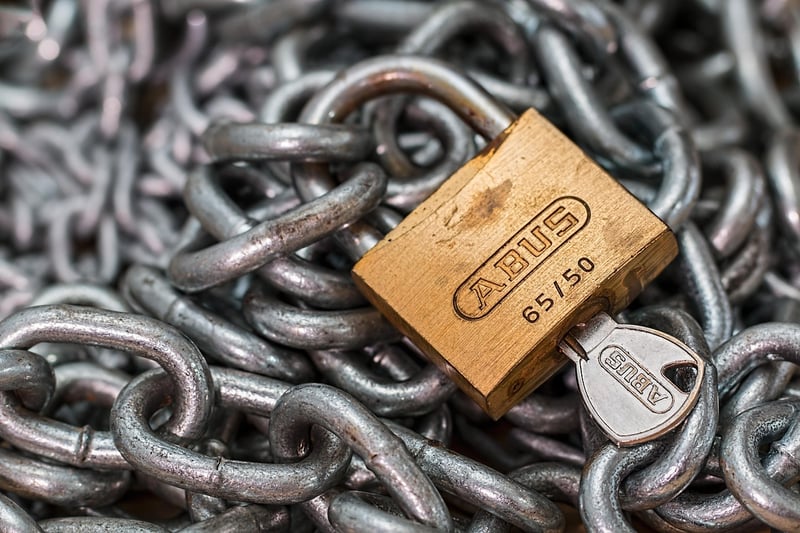Classified Information
Unlocking the World of Confidential Exchanges and Classified Information
Welcome to a realm shrouded in secrecy, where whispers carry more weight than words, and every piece of information is a valuable commodity. In this article, we delve into the intriguing world of confidential exchanges and classified information, shedding light on the processes, risks, and significance of safeguarding sensitive data.
The Art of Confidential Exchanges
Confidential exchanges are the cornerstone of secure communication in various sectors, including government agencies, businesses, and intelligence organizations. Utilizing encryption, secure channels, and stringent access controls, confidential exchanges ensure that sensitive information remains shielded from prying eyes.
Key Components of Confidential Exchanges:
- Encryption protocols to encode data
- Secure communication channels
- Access control mechanisms
- Authentication processes

The Enigma of Classified Information
Classified information represents the highest level of sensitivity, often pertaining to national security, trade secrets, or strategic plans. Safeguarding classified information is paramount to prevent unauthorized access and potential threats to security.
Types of Classified Information:
- Top Secret: Highest level of sensitivity
- Secret: Significant impact if disclosed
- Confidential: Limited impact if disclosed

Protecting the Veil of Secrecy
Securing confidential exchanges and classified information requires a multi-faceted approach that combines technology, policies, and human vigilance. From robust encryption algorithms to stringent access controls, every layer of defense plays a crucial role in maintaining the veil of secrecy.
Remember, in the world of confidential exchanges and classified information, discretion is not just a choice but a necessity.
Stay tuned for more insights on the fascinating realm of secrecy and security!
